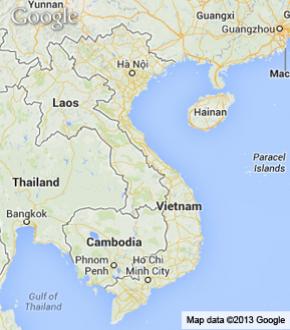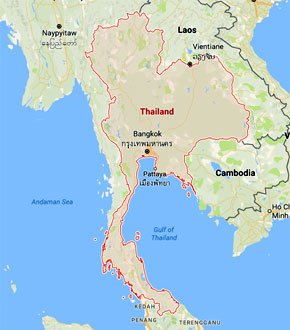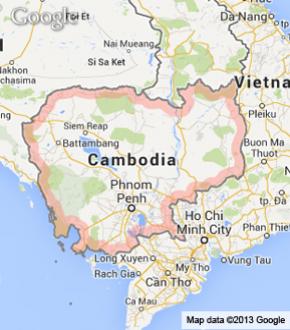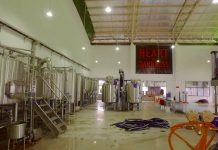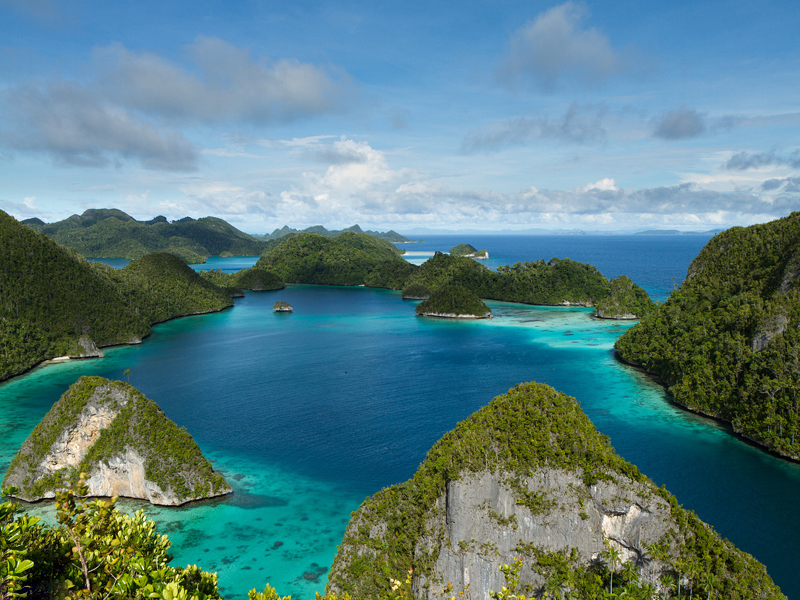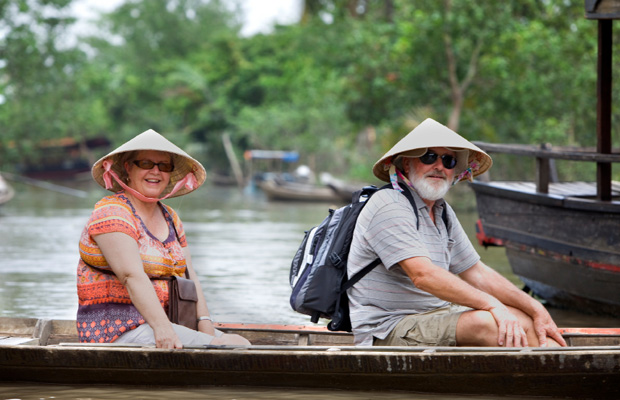Prisons in Southeast Asia are far removed from anything that would be considered acceptable in the West. The idea of Human rights hasn’t really caught on here when it comes to convicted criminals. Right across the region, prison life is a pretty grim experience. Sentences can be long, the treatment harsh and the conditions shocking. The notorious prisons in some of the region’s countries present a lifestyle that is far from the glitz and glamour of their capitals. This is a snippet of what you can expect if you are convicted of any serious crime in the region.
The reality of life inside Prisons in Southeast Asia
The Bangkok Hilton
Bang Kwang Central Prison on the banks of the Chao Phraya River 7 miles to the north of Bangkok is one of the most infamous prisons in Southeast Asia, if not the world. Home to many foreign nationals, It is an extremely harsh place reserved for those on a long sentence and death row prisoners. All prisoners are forced to wear leg irons for the first three months of their incarceration. Death row prisoners have their leg shackles permanently welded on.
Cells are plain with concrete walls and floors, originally build to hold 18 inmates in each one, it is not unusual to find 30 prisoners in each cell. They are filthy and cockroach ridden. Violence is an everyday occurrence and clean food and water is considered a rarity.
Vietnam’s Prisons
Like all prisons in Southeast Asia, Vietnam’s are not a great place in which to find yourself. As recently as 2013 there was a major riot in a prison close to Saigon, caused by prisoners demanding better conditions. Information is difficult to get hold of. However as recently as the 1990s, Human Rights Watch reported very poor conditions, with inmates being held in dark cells in chains and subjected to torture. Even today, there are no statutory rights governing prison visits by family, next of kin or friends.
Cambodia Prison Life
Cambodia has some of the worst prisons in Southeast Asia. Kompong Thom provincial prison, is recognised by police and NGO workers as one of the dirtiest and most over-crowded prisons in the country. Extremely hot and damp conditions, combined with the over-crowding and lack of hygiene, provides the perfect breeding ground for bacteria and disease. There is no toilet and no running water, just a series of plastic cans and buckets in the corner of the cell next to the sleeping area. If one person falls ill, it spreads rapidly to all inmates.
Bali’s Fearsome Kerobokan jail
Getting correct information out about this place has always proved difficult. Once released, prisoners’ accounts of life in the jail vary wildly. The prison on the island paradise of Bali has been described as a festering cauldron of drug abuse, sex scandals, violence and despair. Lizzie Love, on the other hand, describes it as “hard but not all hell”. She has worked as a volunteer inside the prison for two years. She continued, “”I’m not saying it’s paradise in there. It isn’t. It’s hot, it’s overcrowded and there is violence. But the efforts that the prison authorities go to, towards rehabilitating people and providing opportunities for reform, should be acknowledged” Suffice to say, it is no holiday camp.
Malaysian Treatment of Prisoners
Malaysia is one of the harshest of all Southeast Asian countries. Beatings are a common occurrence and canings are frequently administered. Conditions are terrible. There are often as many as 50 prisoners to one cell. They get a simple blanket, crackers and porridge for breakfast, with tea or hot water. There is no exercise yard. Prisoners are locked down in their cells permanently. The toilets overflow and for those unlucky enough to get sick there is no medication. Prisoners often have little or no clothing and sleep in their underwear on a concrete floor. As one inmate put it, “ When Nigerian and Pakistani prisoners complain about the conditions, you know it’s not great.”
The Infamous Singapore Changi Jail
Singapore’s Changi Prison was one of the most feared prisons in Southeast Asia. Twenty prisoners were crammed into 350 square feet; when they were moved they always wore hand cuffs and shackles. Inmates slept on concrete floors with only a very thin straw mat. It finally closed its doors in 2000. The iconic front doors were moved to a new consolidated prison complex at a neighbouring site. Today there are 14 prisons and drug rehabilitation centres in Singapore. Presently the new Changi Prison Complex houses the most serious offenders. Whilst conditions have improved significantly, it is still a brutal regime. Executions take place on a Friday and there is judicial corporal punishment. Caning sessions at Changi are held twice per week.
The bottom line is that prisons in Southeast Asia are terrible places in which to find yourself. The smart move is not to do anything to make this existence your reality. Many people assume that if they get into trouble they can just pay off the local police and all will be well. This is a very dangerous form of Russian Roulette.


